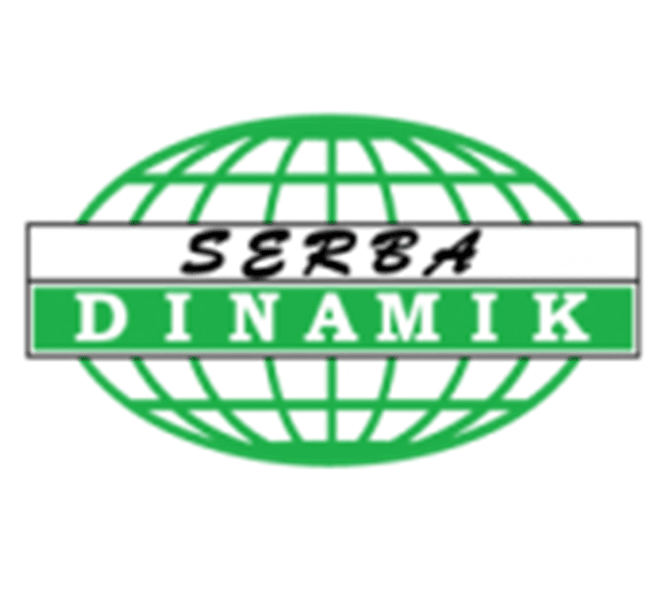Malaysia has embarked on the 4th industrial revolution (Industry 4.0). The core of Industry 4.0 is a set of rapidly evolving and converging technologies that include big data analytics, autonomous robots, artificial intelligence (AI), cloud computing, Internet of Things (IoT), additive manufacturing (3D printing), system integration, cybersecurity, augmented reality and simulation.
According to the World Economic Forum’s 2018 report on Readiness for the Future of Production, Malaysia is one of the 25 leading countries (out of 100) that exhibit a high level of readiness for the 4th industrial revolution.
Some key players in various industries in Malaysia are in the progress of digitising their essential functions in this Industry 4.0 wave. UOBKH thinks that these key players will stand tall among its peers if it can successfully drive digitalisation.
Investors Takeaway: 5 Stocks To Invest In Malaysia’s 4th Industrial Revolution Growth
- KPJ Healthcare
Digitalisation and innovation are two pivotal focuses for KPJ Healthcare and its adoption of digitalisation will occur in stages. For KPJ Healthcare, digitalisation will start with clinical systems (cloud computing to manage patient records) to mobile applications (payments through machines), and then robotics (mainly to assist in surgeries). Last year, KPJ became the first private medical services provider in Malaysia to acquire and utilise IBM Watson, a cognitive computing platform for the treatment of cancer patients, in oncology.
- Serba Dinamik
Serba Dinamik has been aggressively developing digital products through partnerships with other organisations. Serba Dinamik’s in-house IT team had recently commercialised three digital products as part of its push in the 4th industrial revolution.
Serba Dinamik developed a clinical panel management system app (MyTPA – Malaysia Third Party Administrator) in partnership with the Malaysian Islamic Doctors Organisation (Perdim) to regulate payments and records by the 1400 panel clinics. They also developed a QR-code based payment carpark system (Quick-Parking). UOBKH foresees potential synergy between Quick-Parking and CSE Global’s expertise in smart transportation systems. The third digital product is Global Content Exchange, a digital content platform for content providers to upload and trade their works online. This is developed in partnership with the National Book Development Foundation.
- Top Glove
UOBKH thinks that Top Glove will stand to gain the most through productivity gains from Industry 4.0 applications. Top Glove is currently experimenting on adopting new technologies into its manufacturing line. It is working on implementing a vision camera system (to replace workforce involved in glove quality inspection); SCADA system (to automate production line control); Immersion burners (for a more efficient heating system); Mould holders with lower heat absorption (to reduce energy loss), and; Auto insertion of gloves into boxes.
- Mi Equipment
According to UOBKH, Industry 4.0 is enabled by supporting features on artificial intelligence (e.g. auto pick force calibration and auto-alignment), real-time machine-to-machine communication, data visualisation and analytics. Mi Equipment’s machines are focusing on wafer level chip scale packaging, which is essentially going into the smart devices, i.e. one of the key gateways in the IoT era.
- Westports
With Shanghai having commenced the world’s largest automated container terminal in 2017, the global container terminal arena is slowly adopting automated solutions. For Westports, automation can come in the form of remote control of cranes and gates, intelligent automatic stacking and loading/unloading, automated guided vehicles/trucks, and operating systems.
UOBKH believes that automation will help ports deliver more efficient service by handling fewer but larger cargos per call, while reducing manpower and container handling costs (accounting for roughly 40 percent of total operating expense component).
[Source: “HOW TO INVEST IN MALAYSIA’S 4TH INDUSTRIAL REVOLUTION GROWTH” published by sharesinv.com / Pioneers & Leaders (Publishers) Pte Ltd]



